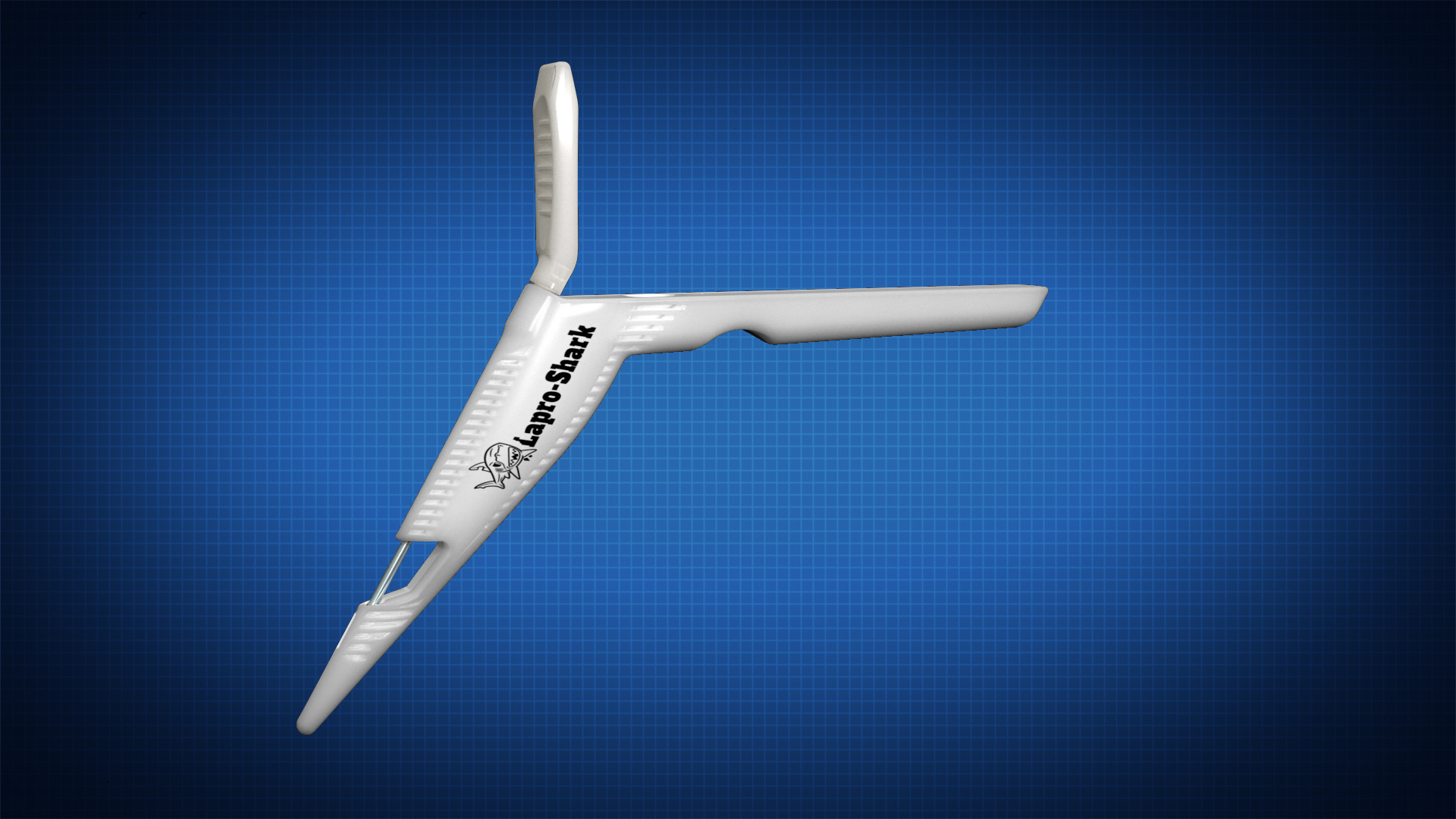Overview
New technical challenges have emerged since the introduction of the minimally invasive approach to abdominal surgery. One of these is fascial closure of port sites, which is necessary especially when large trocars are used, after dilation of a port site for organ extraction (e.g. stomach, colon and gallbladder) or single-port laparoscopic surgery.
Since the first report of herniation at a trocar site after laparoscopy, many techniques and devices have been introduced into practice to minimize the risk of port-site complications, which occur in 1% to 6% of cases. Current recommendations for port site closure include closure of any abdominal port site 10mm or greater.
Most surgeons choose between two methods for port site closure, either direct fascial suturing or one of the commercially available closure devices.
Suturing of the fascia directly using a curved needle through a small skin incision can be difficult particularly in an obese patient and often yields inadequate closure. Incomplete closure can lead to hernia formation, significant morbidity and even death.
Alternatively, closure devices improve access to the fascia but add to the cost of the procedure and introduce a number of unique challenges. Because of these issues the current generation of closure devices fall far short of the goal of an easy yet cost effective method for fascial closure.
 Laparoscopic Fascial Port Closure Device
Laparoscopic Fascial Port Closure Device



